Nightmare and Blessing
The Diaspora is like a two-sided coin. One side spells tragedy, but the other side spells preservation.
I recently had a horrible dream. I was lost, very far from home, and nothing looked familiar. I felt anxious, afraid, and completely alone. It was a nightmare. But I was able to wake up. My experience was not real.
Not so for millions of Jewish people who might tell you life in the Diaspora has been like a bad dream. Over the centuries, Jewish people have been blamed for everything from wars to the bubonic plague. They’ve been herded into ghettos, denied citizenship, denied land, and murdered in random killing sprees called pogroms.
Yet they have managed to build, create, invent, and discover things that have made the world a better place. Scattering them—creating the Diaspora—was God’s punishment for their disobedience; but it also was His way of preserving them until He brings them all home again.
In his classic book, Heritage: Civilization and the Jews, Israeli diplomat Abba Eban (1915–2002) explained how the Diaspora saved his people:
The expulsion of the Jews from their land had paradoxically saved them from the fate that awaited other civilizations. For the Jews were exiled into survival. Once their homeland was lost, only the diaspora could save their identity. Thus, the diaspora became the essential condition for the preservation of their identity and creativity, which would have perished if they had stayed on to be massacred in Judea.1
Absorption and Adaptation
After a failed Jewish rebellion against Rome by Simon bar Kokhba in AD 132–135, the Roman Empire wiped out a hefty portion of the Jewish population, renamed Jerusalem Aelia Capitolina, and denied all Jews access to their beloved city.
Many moved to the Galilee region. As soon as they were able to return to Jerusalem, some did. In fact, there has been a continuous Jewish presence in the land since the days of Joshua:
Despite the fact that since the second century CE [AD] most of the Jews were forced into exile, and despite the ill-treatment of the remaining Jews in the Land of Israel by the various foreign occupiers, Jewish presence in the land has been continuous, in particular in the four holy cities of Jerusalem, Hebron, Safed and Tiberias, but also in other towns and villages. By the 19th century the Jews again constituted a majority of the population of Jerusalem.2
When the Romans renamed Jerusalem, they also renamed Judea, Samaria, and the Galilee, calling it Syria Palaestina, in an attempt to eradicate the Jewish and biblical connections. The Jewish nation was, for all intents and purposes, destroyed. Survivors of the Roman massacre began to spread throughout the length and breadth of the then-known world. “With geographic dispersion,” wrote Eban, “came diversification.”3
God’s people began to settle among the Gentiles. Out of necessity, they had to adapt to the cultures of their new lands. They often found themselves unwelcome, literally wandering in search of safety, security, jobs, and homes where they could raise their families.
As they moved, Judaism began to evolve and change. Ultimately, two different styles of Judaism emerged: one centered in France, Germany, and Eastern Europe; the other in Spain, Portugal, North Africa, and the Middle East. Those residing in Europe became known as Ashkenazi Jews, while those in Spain and the Middle East were called Sephardic Jews. The Sephardic Jews became early settlers in North America.
Hello and Goodbye to Yiddish
Although the Jewish people were scattered, a language emerged that bound them together, especially in Central and Eastern Europe. Yiddish dates back to the ninth century. It was originally a German dialect mixed with words from Hebrew and several other modern languages.
JEWISH CULTURE & CUSTOMS
Learn more about Yiddish and other aspects of Jewish life in Jewish Culture & Customs by Steve Herzig.
As Yiddish spread, the Yiddish press and Yiddish theater became major entities. According to myjewishlearning.com, “In New York City, the hub of the Yiddish-American universe, over 150 Yiddish dailies, weeklies, monthlies, quarterlies, festival journals, and yearbooks appeared between 1885 and 1914.”4
My wife told me when she was a little girl her parents had company one evening, and everyone spoke a different language. No one could talk to anyone. Then they discovered they all spoke Yiddish. Suddenly, the room was filled with laughter and conversation, and everyone understood what was being said.
Yiddish bound together many of the Jews of the Diaspora, making a way for them to communicate with one another about life, politics, religion, and culture. Today Yiddish is dying with the generation that survived the Holocaust. Although some younger Jewish people may understand certain words and phrases, few can actually speak it.
Forced Togetherness
Outside their land, the Jewish people were looked on as foreigners who didn’t fit in. Their culture and customs differed from those around them; and they did not worship Jesus, making it easy for organized Christendom to brand and persecute them as “Christ killers.”
Consequently, they were expelled from England in 1290; France in 1306 and 1394; and Spain and Portugal in the 1490s, this being the largest expulsion, leaving approximately 100,000 Jewish people homeless, some of whom had risen to prominence in Spain.
But God promised they would survive (Jer. 31:35–38). So He sowed His little remnant among the vast Gentile population, preventing His people from being exterminated, because they lived everywhere.
Their enemies, however, tried to change that fact. They established ghettos beginning in 1516 in Venice, Italy.
Over the next 200 years, rulers in Rome, Prague, Frankfurt, and other cities also established ghettos, though by the late 1800s Jews were no longer legally required to live in them. But as the German army conquered territory in Poland and farther east in the early years of World War II, the Germans created ghettos throughout this area; historians estimate that during the war there were more than 1,100 Jewish ghettos.5
In Russia, under imperial decree in 1791, Jewish people were forced into what became one of the largest restricted areas in their history: the Pale of Settlement, a 386,000-mile stretch6 to which they were confined for 126 years until 1917.7
The Pale lay along Russia’s western border and eventually included Ukraine, Belarus, Lithuania, and much of Poland. Toward the beginning of the 20th century, almost 95 percent of the Russian Empire’s 5.3 million Jews lived in the Pale of Settlement.8
It was this type of containment that Adolf Hitler used with the Warsaw Ghetto and later the death camps. They facilitated mass murder. He succeeded in killing 6 million of Europe’s 9.5 million Jewish people. The Holocaust dramatically changed the demographics. Whereas 57 percent of the world’s 16.6 million Jews had lived in Europe in 1939, only 3.5 million survived the war, making the United States and Canada the largest Jewish population centers, with 5.2 million Jewish people.
Flourishing
Despite all they suffered, they still found a way to flourish because God was with them. Author Steven L. Pease summed up this reality succinctly when he wrote, “As a non-Jew, I’m fascinated that a people which constitute less than 1% [Ed. Note: less than one tenth of 1 percent] of the world’s population has made such enormous contributions to humanity.”9
This tiny people group has blessed our world with scientific, technological, and medical advancements beyond number.
As Bible-believing Christians, we should not be surprised. God promised Abraham, Isaac, and Jacob, “And in you all the families of the earth shall be blessed” (Gen. 12:3; 28:14). The ultimate fulfillment of this promise, of course, is Jesus, the Redeemer and Savior of the world. But God undeniably has used Jesus’ kinfolk to make the world a better place.
For example, Jewish philanthropy is remarkable. According to an academic and research news website, Jewish people give more to charity than people of other faiths: “76 percent in 2012, compared with 63 percent of other Americans. And while Jews, like other Americans, give to religious institutions, they give relatively less to religion and more to secular causes.”10
Israel is usually one of the first countries to put boots on the ground in a crisis, be it in Haiti after the 2010 earthquake or Japan immediately after the disastrous tsunami that crippled the island in 2011 or providing the technology that helped rescue the young soccer players perilously trapped in a cave in Thailand in 2018.
Coming Home
Someday the Jewish dispersion will end. God has already begun bringing His people home with the formation of the State of Israel in 1948.
Centuries earlier, the prophet Ezekiel wrote, “Thus says the Lord God: ‘Surely I will take the children of Israel from among the nations, wherever they have gone, and will gather them from every side and bring them into their own land; and I will make them one nation in the land, on the mountains of Israel’” (Ezek. 37:21–22).
Though many within the Diaspora over the centuries have found life to be a nightmare, being scattered has preserved and sustained the Jewish people and ultimately enabled them to endure. Their dispersion saved them while bringing tremendous blessing through them to everyone, exactly as God promised. As the apostle Paul wrote, “If their fall is riches for the world,” imagine what riches will accompany “their fullness,” when they come to faith in their Messiah (Rom. 11:12).
One day God will establish the long-anticipated Messianic Kingdom He has promised, turning their nightmare into the joy the Jewish sages and prophets dreamed about centuries earlier. God is faithful. And He will be faithful to the children of Abraham, Isaac, and Jacob because He loves them (Jer. 31:3).
ENDNOTES
-
- Abba Eban, Heritage: Civilization and the Jews (New York, NY: Summit Books, 1984), 95.
- “Jews in the Land of Israel (636–1880 CE),” Israel Ministry of Foreign Affairs [tinyurl.com/yyflxklb].
- Eban, 98.
- Gerald Sorin, “Yiddish Press: A once thriving American industry” [myjewishlearning.com/article/yiddish-press].
- “The Jewish Ghettos: Separated from the World,” facinghistory.org [tinyurl.com/ydyc4sys].
- “Pale of Settlement, Jewish,” Britannica Student Encyclopedia 2019 [tinyurl.com/y2tdmro4].
- “The Pale of Settlement,” facinghistory.org [tinyurl.com/yy2xvhjj].
- Ibid.
- Steven L. Pease, “The Debate over Jewish Achievement,” aish.com, June 13, 2015 [tinyurl.com/y53r2f5w].
- Larry Kaplan, “America’s Jewish Community Leads in Per Capita Giving,” nonprofitquarterly.org, December 19, 2017 [tinyurl.com/y5ax8q7y].
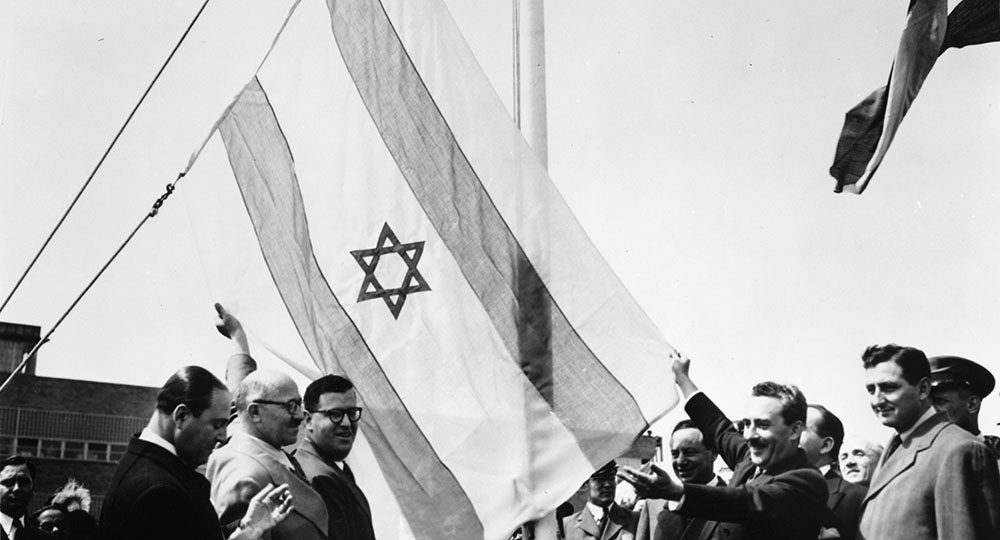

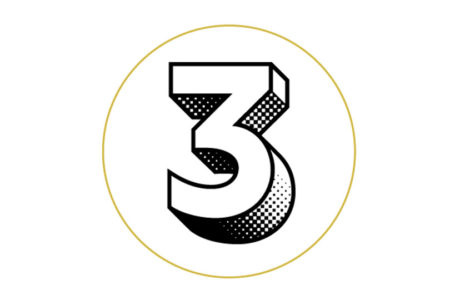
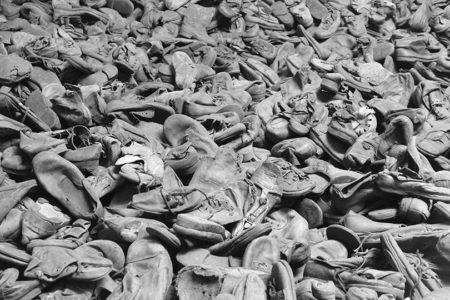
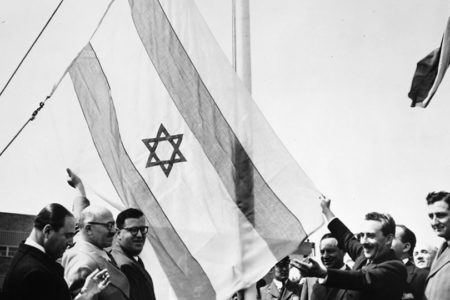
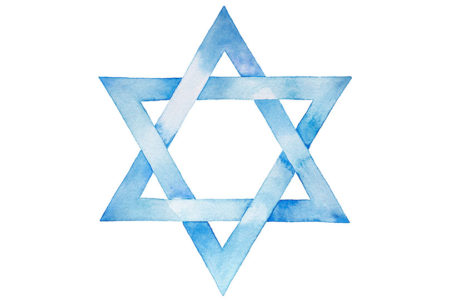
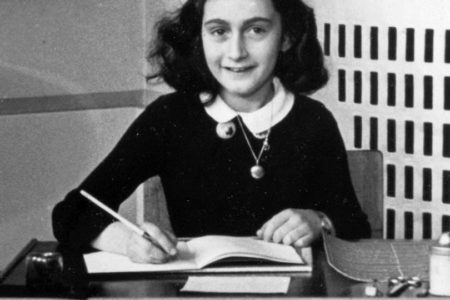


Thank you for your ar article. It has been so enlightening to read ab out the ways in which God has preserved His People.
It is exciting to see them coming back to their homeland.
One day, they will meet their Messiah!
One day we will live in etermot with God our Father.
Never thought about them being scattered helped preserve them. Thanks for the insight.
Truly God had his hand in both, and why they are back in their homeland today.